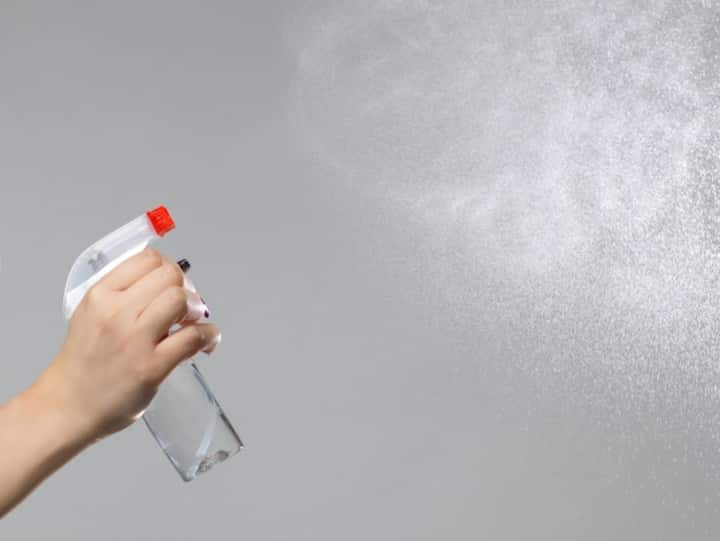
Comprehensive Home Air Quality Inspection What to Expect
Ensuring the air quality in your home is paramount for maintaining a healthy living environment. With increasing concerns about pollutants and allergens, many homeowners are opting for comprehensive air quality inspections. Such inspections not only help in identifying potential indoor air hazards but also offer guidance on improving air quality. This article outlines what to expect during a home air quality inspection and why it is crucial for every household.
What is a Home Air Quality Inspection?
A home air quality inspection involves a thorough assessment of the indoor environment to identify pollutants and other factors that can affect air quality. This process examines various aspects of the home, from ventilation systems to potential sources of indoor pollution.
Components of the Inspection
- Assessment of Ventilation Systems: Ensures that HVAC systems are functioning correctly and are free from contaminants.
- Identification of Pollutants: Detects common indoor air pollutants such as mold, radon, carbon monoxide, and volatile organic compounds (VOCs).
- Humidity and Temperature Checks: Evaluates humidity levels and temperature, as these can significantly impact air quality.
- Evaluation of Building Materials: Investigates materials and furnishings that may emit harmful substances.
Why is Air Quality Inspection Important?
Indoor air quality directly affects the health and well-being of the residents. Poor air quality can lead to respiratory issues, allergies, and other health complications. A comprehensive inspection helps in:
- Early Detection: Identifying problems before they escalate into health risks.
- Informed Decisions: Providing data that aids in making informed decisions about necessary improvements or repairs.
- Peace of Mind: Offering reassurance that the indoor environment is safe and healthy.
Explore further insights here: Find additional information here.
What to Expect During the Inspection
The inspection process is generally straightforward but can vary depending on the size and type of the home. Here’s what typically happens:
Initial Consultation
The inspector will discuss any specific concerns or symptoms you may have noticed, such as unusual odors or health issues among family members. This initial conversation helps tailor the inspection to your needs.
Detailed Examination
During the inspection, the professional will use specialized equipment to measure air quality parameters. This could include:
- Air Sampling: Collecting air samples to test for various pollutants.
- Visual Inspection: Checking areas prone to mold or moisture issues.
- System Testing: Evaluating the performance of air filtration and ventilation systems.
Read more about this topic: Read more about this topic.
Post-Inspection Report
Once the inspection is complete, you will receive a detailed report outlining the findings. This report typically includes:
- Summary of Air Quality Levels: Clear information on the current state of indoor air quality.
- Identified Issues: A list of pollutants or hazards detected during the inspection.
- Recommendations: Suggestions for improving air quality, such as repairs, upgrades, or additional testing.
Learn more in this detailed guide: Learn more in this detailed guide.
Conclusion
Regular home air quality inspections are essential for maintaining a safe and healthy indoor environment. By understanding what to expect during an inspection, homeowners can better prepare and address any issues that may arise. A thorough inspection not only provides peace of mind but also ensures that the air you breathe is clean and safe. For more information on improving indoor air quality, explore further insights here.